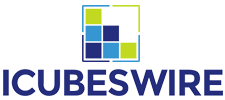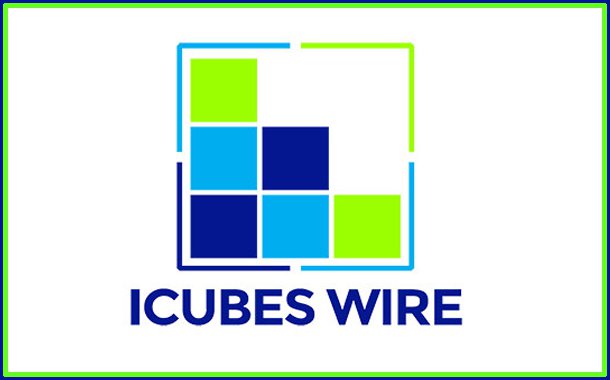Blockchain in affiliate marketing: Will it disrupt or improve upon existing software architecture
Published By :
The emergence of Distributed Ledger Technologies (DLTs) and its capability to disrupt traditional business value chains have made affiliate marketing industry also stand-up and acknowledge the potentials of blockchain. DLTs have an inherent advantage over legacy demand and supply side platforms in the affiliate marketing industry. It is more transparent, self-administrating with smart contracts, secure and fraud-proof. These claims though have to stand the test of time and experts are closely monitoring the evolution of this technology.
But aren’t existing affiliate marketing platforms already guaranteeing features like transparency, lower administration costs, fraud prevention and more? The difference is that blockchains are inherently a trustless model with no central authority and all transacting parties are at the same hierarchy.
A blockchain-based demand-supply side platform will essentially expose all network participants (publishers, exchanges and advertisers) to the same information, thereby improving the traceability of KPIs. Advertisers who are doubtful about the ROI of partner programs would be able to trace the lineage of every impression, lead, sale and more. By the same token, publishers who are concerned that they aren’t being fairly compensated for their efforts would be able to confirm the delivery (and subsequent activity) for every lead they send.
A blockchain token also has an inherent self-administrating functionality via smart contracts i.e. the reduction of third party interference will reduce administration costs of affiliate networks and in an automated manner complete various lifecycle tasks of an Affiliate Network like payout distribution, conciliation reports and much more.
Finally, networks and SaaS platforms would be able to permanently record the value they are providing as intermediaries to improve both the quality and the reach of leads for their customers. The level of transparency that blockchains could offer is unheard of in today’s affiliate marketing space.
Assuming the benefits are real and the technology can scale, the question isn’t whether blockchain will disrupt digital marketing, but rather when, by how much and by whom. The space is already witnessing new entrants to the market with blockchain-based offerings. However, the greater impact is likely to come from major players deciding to adopt aspects of the technology into their products to increase speed and transparency while bringing down costs.
The current SaaS solutions in affiliate marketing have enabled companies to automate and scale their affiliate operations in ways that are similar to blockchain. In fact, a careful analysis of existing demand-supply side platforms tells us that application logic, similar to smart contracts, in a more crude sense, are already automating the administration of an affiliate network to a large extent. Then are DLTs trying to re-invent the affiliate network wheel? This is not true as DLTs are an improvement over existing SaaS architectures and have the following advantages:
Broader market access
Network access and control is either centralized or concentrated among larger players, which reasonably describes the affiliate industry today. DLTs based on smart contracts, many technologists predict, could replace networks — and perhaps even SaaS solutions — as a tracking and payment mechanism between advertisers and publishers.
While this may be overstated, DLTs are likely to at least accelerate the move from a closed hub-and-spoke model to a more distributed and open marketplace of publishers and advertisers who can work with each other with less friction and cost. New entrants will leverage the real-time reporting, digital contracts and other benefits of blockchain to enable clients to be both publishers and advertisers — opening up the field to long-tail, non-traditional partnerships and establishing more direct, bilateral relationships among parties. This directly threatens closed or opaque networks that don’t offer exclusive relationships or a value-added layer of services and need to assess their business models to remain competitive.
Smarter payment structures
DLT’s smart contract could allow advertisers to intricately decide what they want to pay for, how and when. This could allow something similar to live rate list where the terms are continually negotiated and accepted, automatically, via a digital handshake. Once validated, these contracts would settle instantaneously, and the partner would get paid immediately. This real-time feedback could drive greater efficiency as partners adapt their programs more dynamically based on what is actually working.
Lower transaction costs and token payments
DLT architecture is inherently a low transaction cost model. Processing payments and managing multiple currencies and conversions is a key feature of existing SaaS Affiliate Platforms. In a blockchain world, brands could pay publishers in either in-network tokens that are released when a smart contract successfully executes — which allows for the instantaneous payout. Foreseeably, brands could conceivably pay partners in tokens, virtually eliminating the 1 per cent to 2 per cent cost of processing payments today. This could actually drive up payout rates and result in more value going directly to publishers.
More transparency
Without having to first establish trust, on a DLT based affiliate platform, will allow interoperability and democratic ad network. Transparency doesn’t mean that data access controls will not be in place. In fact, all transactions will be encrypted and interested parties should be able to reconstruct a single source of the truth based on the transaction history and their unique, private decryption keys. Hence the attribution chain will be completely democratic, decentralised and immutable.
So, will blockchain disrupt networks and the related SaaS solutions? Not likely, because, DLT is a software architecture paradigm and does not have any advantages of having inherent large network effects, that is, having a huge list of publishers and advertisers that are already used to thriving in their existing ecosystems.



